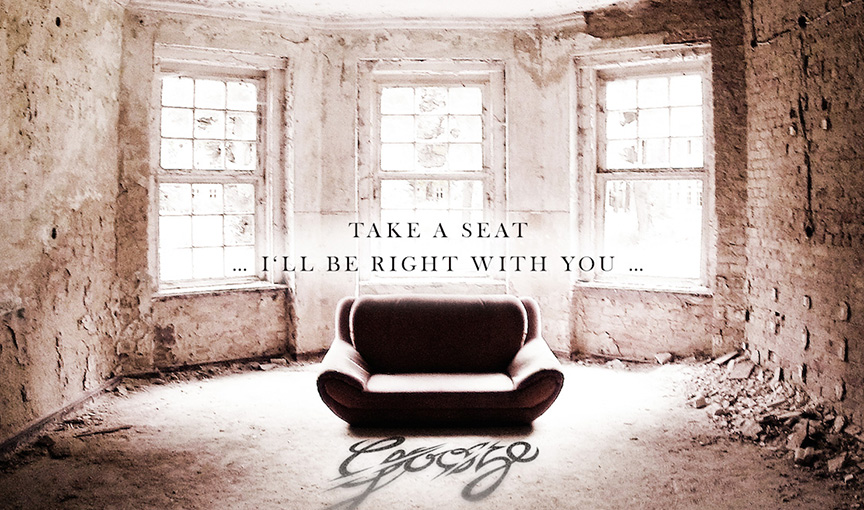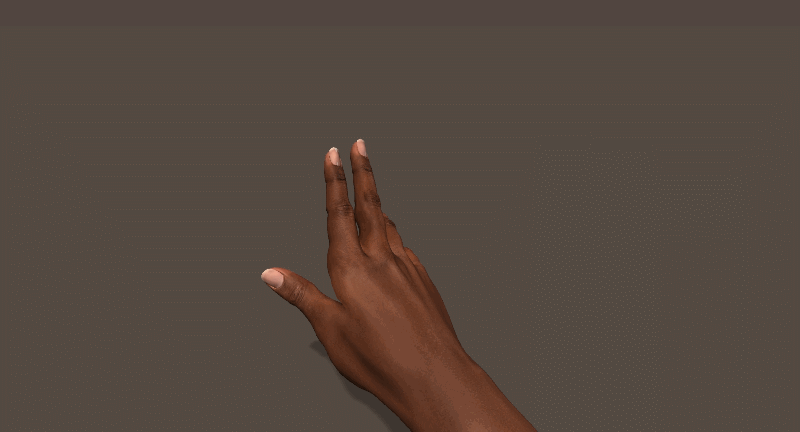Over the next several weeks, we’re spotlighting the top 20 3D Jam experiences chosen by the jury and community votes. These spotlights will focus on game design, interaction design, and the big ideas driving our community forward.
Ready to step into the darkness? In Dominic Ricci’s survival horror demo Observatorium, you’ve been sent to a strange building in the middle of the woods, ostensibly to retrieve something your friend left there. Observatorium is available for Mac and Windows from the 3D Jam site.




